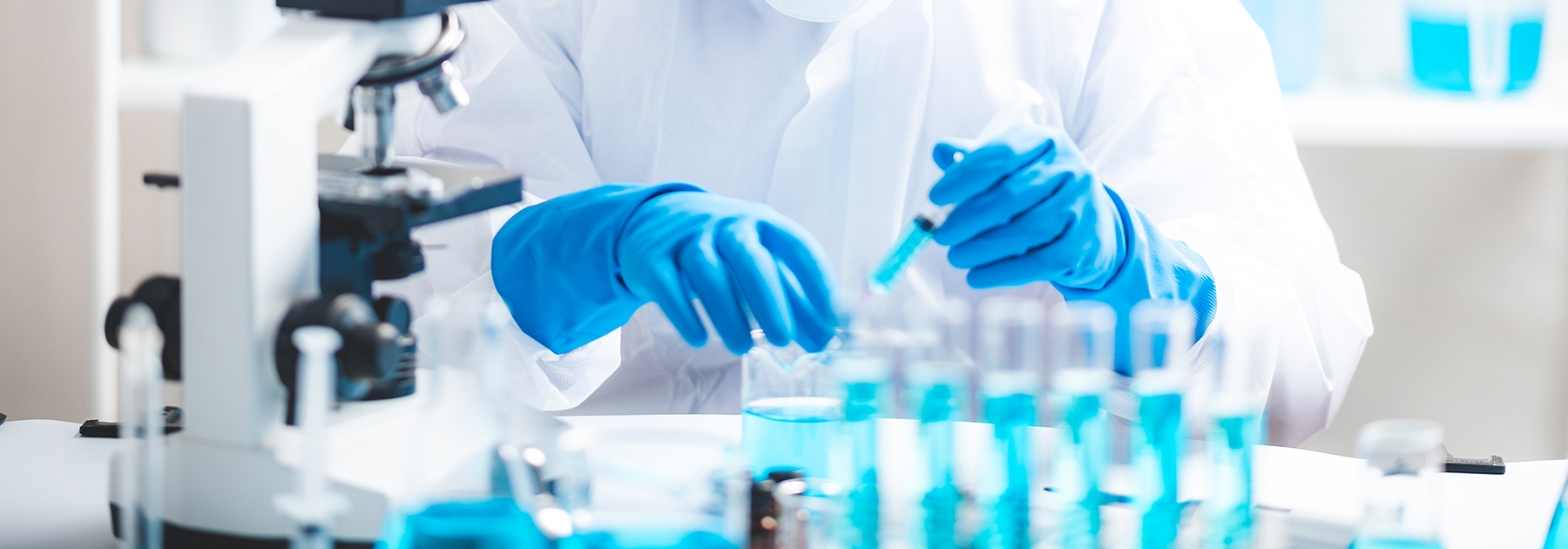Storing your chemistry safely in your laboratory – Part 1
Chemistry laboratories use a large variety of chemicals. The quantities of chemicals consumed daily or weekly vary according to the tasks to be performed. Both the use of the chemicals and also their storage constitute a risk for the chemists and for the facilities and staff where they are stored.
There are two important protection concepts to be considered: SAFETY and SECURITY.
Safety
Safety is a term designed for the protection of people’s health.
Many chemists work in a lab and the main challenge is to protect them from inhaling chemicals.
A safe practice inside the laboratory room is to limit the quantities of chemicals stored inside the lab. It is suggested to store no more than what the laboratory uses/needs over a 2 to 3 week period.
Security
Security is a term designed for the protection of the building/facility.
Chemicals can provoke fires or explosions when stored in large quantities.
Such large volumes of chemicals, designed for the long-term use, should never be stored in the laboratory, but in a dedicated chemical storage room.
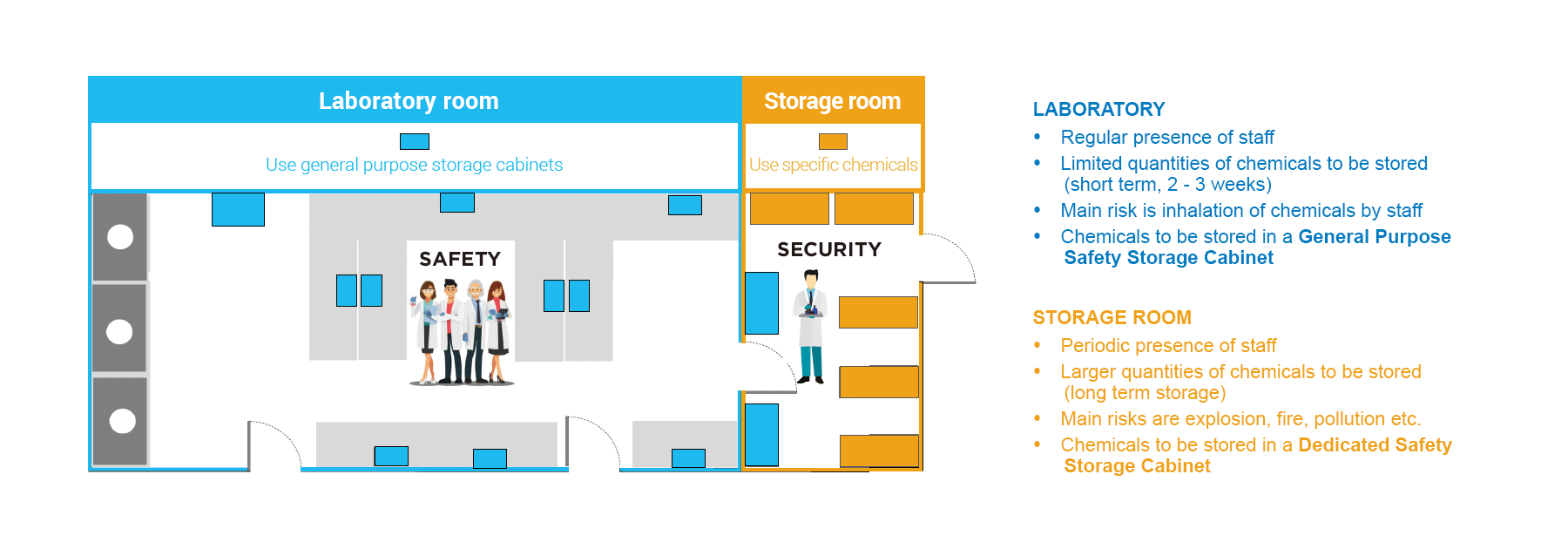
Storage Recommendations
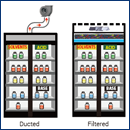
Use vented cabinets to eliminate the chemical vapours.
As chemistry labs can be occupied by a certain number of chemists, there are risks associated with long-term inhalation of vapours escaping from the chemical bottles, once the bottles have been opened.
The main function of a vented chemical storage cupboard is to eliminate the odours by venting chemical vapours either to the outdoors via a ducted cabinet or by filtering them with a ductless filtered cabinet and returning clean air back into the laboratory.
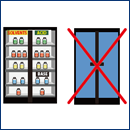
Select large, transparent door/s to see the chemical containers inside.
It helps chemists to evaluate available quantities of chemistry from the outside, identify where chemicals are located and replace them in a short period of time, all done without having to handle the chemistry or open the cabinets door/s.
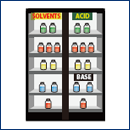
Select a cabinet that can be internally partitioned, to suit your laboratory’s needs.
Chemists use a wide variety of chemicals in the lab for their experiments. Those chemicals need to be easily accessible, however, some chemicals need to be separated due to incompatibility.
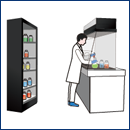
Selectively place storage cabinets as near as possible to the chemist.
Providing chemical storage cabinet near the chemist, allows the user to conveniently place the chemical containers back into the storage cabinet after use, preventing them from being left out on a shelf or bench to be dealt with later, which may never happen.
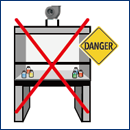
Do not allow fume hoods to be used to store chemicals.
Chemical containers should be used in the fume hood during the experiment only and should be returned to the storage cabinet right after use to avoid congesting the fume hood filters. Leaving them in the fume hood could compromise the chemical containers containment safety, expose chemicals with incompatibility to other chemicals and could possibly create a hazardous situation ie. fire or explosion.
To learn more about Erlab Ductless Fume Hoods or Erlab Ductless Storage Cabinets click here.
